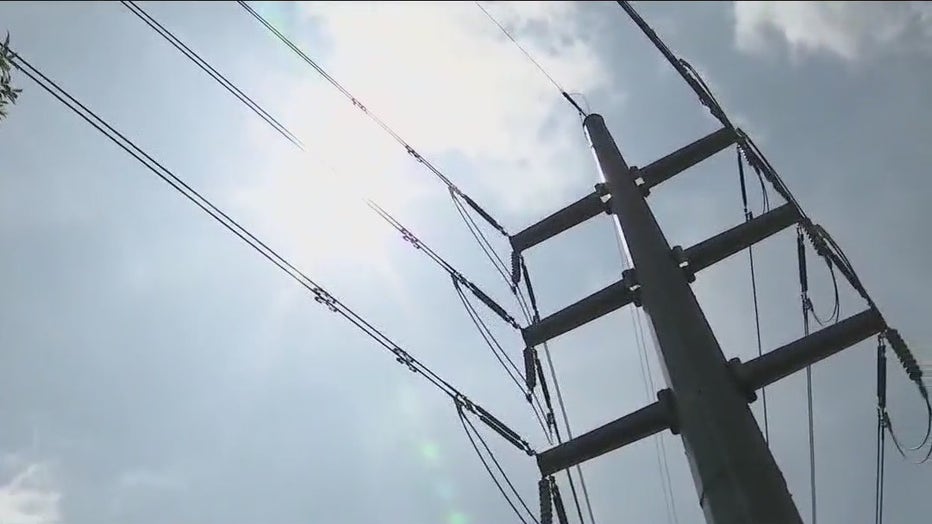Texas power grid avoids emergency conditions Friday
AUSTIN, Texas - Despite record heat across the state, grid managers did not ask people to conserve energy, nor did we come anywhere close to emergency conditions.
So what changed between Wednesday, when we almost had rolling blackouts, to Friday?
The last few weeks, it's become almost routine for ERCOT to ask Texans to cut back on electricity use, particularly as the sun goes down and heat lingers.
But there was another wrinkle earlier this week.
Despite nearing an all-time record for demand in September, the grid held steady Friday, after a week in which that was not always the case.
The grid briefly dipped into the red, a Level 2 emergency Wednesday night, one step away from rolling blackouts.
It was the first emergency all summer.
ERCOT confirmed to FOX 4 that it wasn't just a lack of power generation.

There was power in South Texas, likely wind, that could not get to the rest of the state.
ERCOT revealed there wasn't enough transmission to move it.
Brad Jones, the former head of ERCOT, told Bloomberg: "All the wind that was on in the south was struggling to get to Dallas to help meet demand..." adding, "so right in the middle of this, ERCOT had to reduce generation in the south to prevent that line from being overloaded."
ERCOT said it's working on solving transmission issues that can impact both reliability and prices.
Last week, ERCOT's board approved a $329 million transmission project, but documents show it won't be ready until June 2027.
ERCOT said it's working on quick fixes in the meantime.
The emergency conditions Wednesday happened despite ERCOT's request for Texans to cut back on electricity use.
Since mid-August, there have been 10 such requests.
ERCOT claims it works, but some argue it would be more effective if people were paid to scale back..
"We already have millions of Texans with smart meters," Ed Hirs said. "We could pay you, me, and the viewership to shut down our meters."
Consumer advocates have pointed out big businesses do get paid to cut back on electricity.
The bitcoin mining company Riot announced this week that, in August alone, ERCOT paid it $7 million.
And it made another $24 million selling back unused energy to TXU, totaling more than $31 million.
"Demand response is something that's been promoted for many years in front of ERCOT that has not gone over well in Austin because the whole point has been to try and give incentives to the generator side of the market," Hirs said. "And if we start paying consumers money to turn off their meters during the day, then then that's money that might have gone to the generators. And the generators don't want to see their customers essentially become a competitor with them."
ERCOT initially expected tight conditions Friday evening, but we didn't end up seeing that.
The good news is that with temps dropping after Friday, it doesn't look like there will be any problems at least for the next several days.

